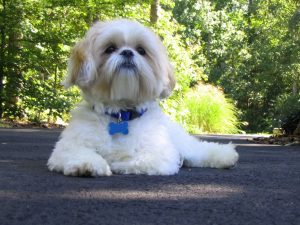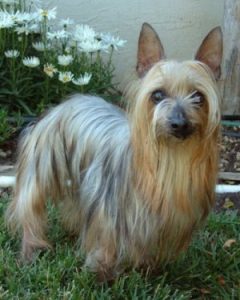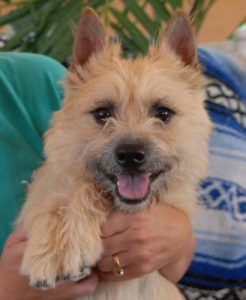Norfolk Terrier
Norfolk Terrier Rescue | Make a Lasting Impact

-
Breed Group : TERRIER
-
Origin : England
-
Average Height : 9" - 10"
-
Average Weight : 11 -12 lbs.
-
Life Span : 12 - 16 years
Photo Courtesy of : Fuzzy Rescue Pet Foundation
-
Size
1 2 3 4 5 6 7 8 9 10 -
Energy
1 2 3 4 5 6 7 8 9 10 -
Intelligence
1 2 3 4 5 6 7 8 9 10 -
Ease of Training
1 2 3 4 5 6 7 8 9 10 -
Hypo-Allergenic
1 2 3 4 5 6 7 8 9 10 -
Shedding
1 2 3 4 5 6 7 8 9 10 -
Good with Kids
1 2 3 4 5 6 7 8 9 10 -
Good with Other Pets
1 2 3 4 5 6 7 8 9 10 -
Guard Dog
1 2 3 4 5 6 7 8 9 10








